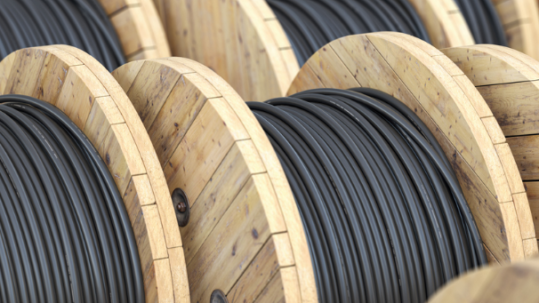Phytosanitary

Phytosanitary measures are used in the international trade of fresh commodities to prevent spread of non- native insects that could cause huge losses for the agriculture of the importing countries.
Before a fresh product can be imported, national biosecurity agencies may impose post-harvest quarantine measures that include chemical treatments (for example methyl bromide fumigation), heat treatments (forced air, steam or hot water dipping), cold treatments (long storage at low temperature), and increasingly irradiation.
The use of irradiation as a phytosanitary treatment has been pioneered in Hawaii for the shipment of produce such as papaya or sweet potatoes to the continental U.S. While the U.S. Department of Agriculture Agency for Plant and Inspection Service (USDA-APHIS) has played an essential role in the development of phytosanitary irradiation (PI), the broad international recognition of the method came in 2003 when the International Plant Protection Convention (IPPC) published the Guidelines for the Use of Irradiation as a Phytosanitary Measure (ISPM No. 18).







